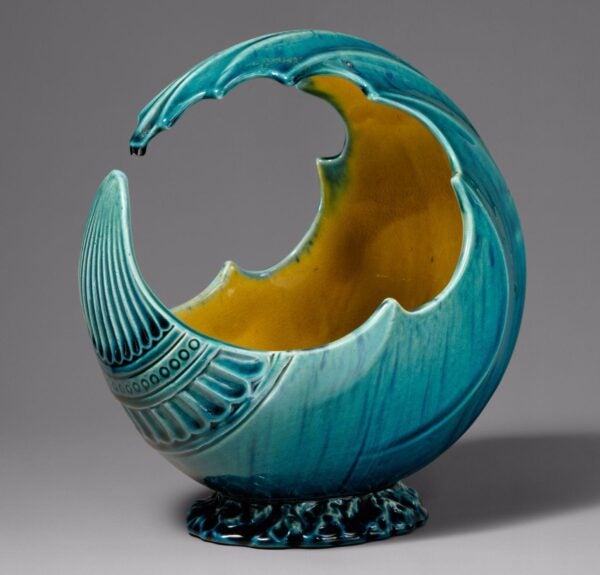Artstor on JSTOR brings over 2 million high-quality images into the same platform your students and faculty already know and trust. For community colleges that already subscribe to JSTOR, adding Artstor is a seamless way to enhance visual learning, support general education, and deepen cross-disciplinary instruction.
Designed to strengthen core curriculum and student engagement
Community colleges play a pivotal role in preparing students for transfer and career success. Artstor on JSTOR supports that mission by providing:
- Curated image collections across disciplines, including U.S. and world history, art history, literature, and the sciences
- Visual content aligned with essential skills, such as critical thinking, visual literacy, and cultural awareness
- Built-in tools for teaching and research—no extra training or additional platform required
- Seamless integration with JSTOR content, making cross-disciplinary research easier than ever
Why add Artstor?
By combining text and image content in one research environment, Artstor on JSTOR helps:
- Make abstract or complex topics more relatable through visual examples
- Engage students with diverse learning preferences
- Support instructors across departments with teaching-ready materials
- Build visual literacy in line with 21st-century academic expectations
Your students already use JSTOR–Make it even more powerful
You’ve already made a valuable investment by providing your faculty and students access to JSTOR. Adding Artstor:
- Maximizes the value of your participation
- Deepens your library’s support for visual literacy and interdisciplinary teaching
- Helps faculty incorporate visual sources without having to train on a separate platform
Adding Artstor is simple
Our team will walk you through the options and make setup easy. Fill out the form below, and your outreach representative will be in touch soon.
Note: Items marked with * are required.

Attributed to Christopher Dresser (designer) and Linthorpe Pottery Works (manufacturer). Wave Bowl. ca. 1880. The Metropolitan Museum of Art.